Home>Interior Design>8 Closet Decluttering Tips To Steal From Professionals
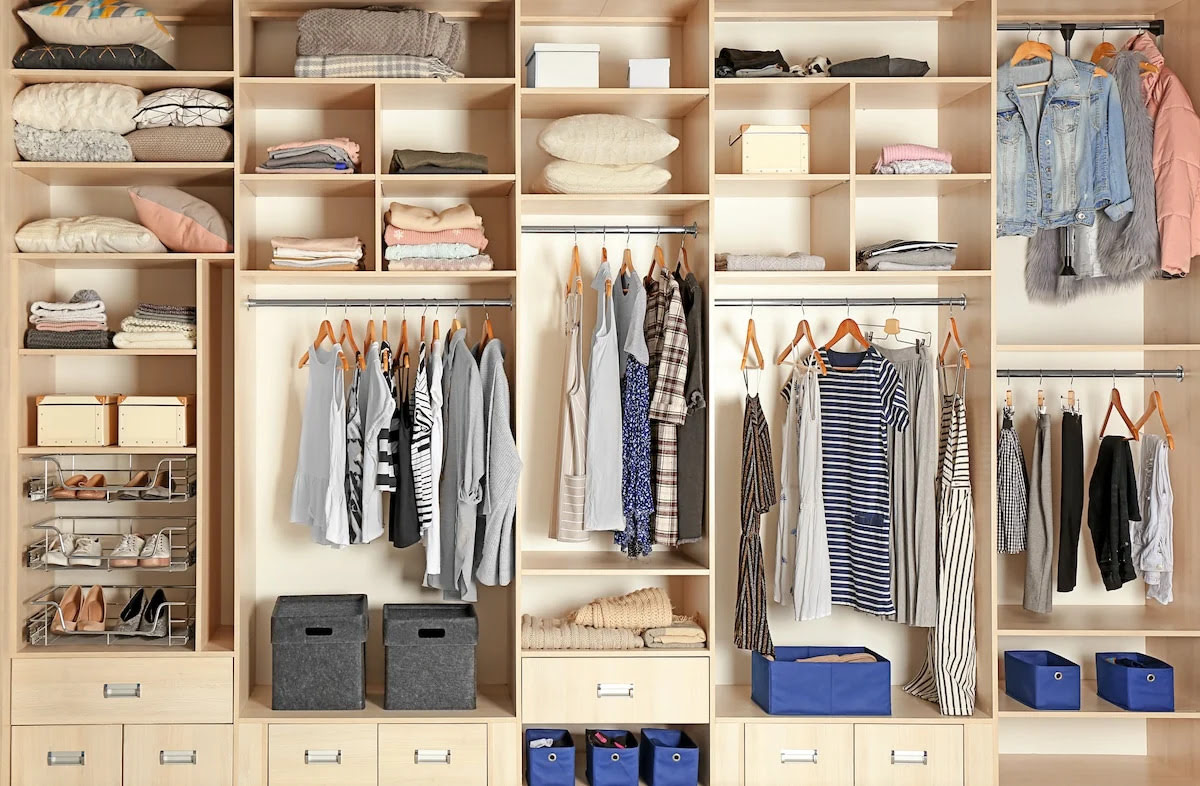

Interior Design
8 Closet Decluttering Tips To Steal From Professionals
Modified: January 18, 2024
Discover 8 expert-approved closet decluttering tips for a more organized interior-design space. Implement these strategies to transform your closet into a clutter-free haven.
(Many of the links in this article redirect to a specific reviewed product. Your purchase of these products through affiliate links helps to generate commission for Storables.com, at no extra cost. Learn more)
Introduction
In today’s fast-paced world, maintaining a clutter-free and organized living space is essential for promoting a sense of calm and well-being. One area of the home that often gets neglected when it comes to decluttering is the closet. Closets tend to become a dumping ground for everything from clothes and shoes to miscellaneous items we no longer need or use. However, with a little know-how and some expert tips, you can transform your closet into a functional and organized space.
In this article, we will explore eight closet decluttering tips that you can steal from professionals in the interior design industry. These tips will not only help you get rid of the unnecessary items that are taking up valuable space in your closet but also create a stylish and well-organized storage solution for your belongings. So, let’s dive in and discover how to declutter your closet like a pro.
Key Takeaways:
- Transform your closet into a functional and stylish space by starting with a plan, utilizing vertical space, and investing in storage solutions. Regular decluttering and maintaining the space are key to long-term organization.
- Incorporate clear containers, create an organizing system, and establish maintenance habits to keep your closet clutter-free and reflective of your current style. Decluttering is an ongoing process that promotes peace and harmony in your living space.
Read more: How To Declutter Clothes Closet
Tip 1: Start with a Plan
Before diving headfirst into decluttering your closet, it’s important to start with a plan. This will help you stay focused and organized throughout the process. Begin by visualizing how you want your closet to look and function. Do you need more hanging space? Are you lacking shelving for shoes and accessories? Identifying your specific storage needs will guide your decluttering process.
Next, set aside dedicated time to tackle your closet decluttering project. Depending on the size and condition of your closet, this may require a few hours or even a full day. Allocate enough time so you can work at a comfortable pace without feeling rushed.
Prepare the necessary supplies before you start. This may include garbage bags for trash, boxes for donations, cleaning products, and storage bins for organizing. Having everything within reach will save you time and ensure a smooth decluttering process.
Lastly, come up with a decluttering strategy. One effective method is to sort items into categories such as keep, donate, and discard. As you go through each item in your closet, ask yourself whether it sparks joy or serves a practical purpose. If the answer is no, it’s time to let go of it.
By starting with a plan, you’ll have a clear roadmap to follow, making the decluttering process more efficient and enjoyable. It will also help you stay motivated and see the transformation of your closet unfold.
Tip 2: Sort and Categorize Items
Once you have a plan in place, it’s time to roll up your sleeves and start sorting through the items in your closet. Sorting and categorizing will help you gain a better understanding of what you have and make it easier to organize everything effectively.
Begin by emptying your entire closet. Yes, that means taking everything out and laying it on your bed or in a designated area. This allows you to see all your belongings at once and prevents items from getting overlooked or forgotten.
Next, create different categories based on the type of items you have. Common categories include clothes, shoes, accessories, and miscellaneous items. Within each category, further subdivide the items to create smaller groups. For example, separate your tops, bottoms, dresses, and outerwear within the clothes category.
As you sort through each item, ask yourself a series of questions to help you decide whether to keep, donate, or discard it. Consider factors like when you last wore the item, whether it still fits and flatters you, and if it aligns with your current style and lifestyle.
Be ruthless in your decision-making. It’s natural to develop attachments to certain items, but if they no longer serve a purpose or bring you joy, it’s time to let them go. Remember, decluttering your closet is about creating a space that reflects who you are now, not holding onto the past.
Once you’ve sorted and categorized all your items, it’s time to move on to the next step: utilizing vertical space.
Tip 3: Utilize Vertical Space
One of the keys to maximizing storage in your closet is to utilize vertical space effectively. Many closets have ample vertical space that often goes unused. By utilizing this vertical space, you can create additional storage for your clothing, accessories, and other items.
Start by installing shelves or a shelving system that extends from the floor to the ceiling. This provides valuable storage space for folded clothes, shoes, storage boxes, and other items. It also helps to keep your belongings organized and easily accessible.
If your closet has a single clothing rod, consider installing a second rod below it or using a double-hang closet rod system. This doubles the hanging space and allows you to separate your clothes by category or length.
Another vertical storage solution is to install hooks or pegs on the walls or the back of the closet door. These are perfect for hanging accessories like scarves, belts, or purses. They can also be used to hang items you frequently use or want to keep within reach.
If your closet has a high ceiling, consider installing a hanging storage system or using hanging organizers. These can be used to store items like sweaters, bags, or even shoes. Hanging organizers with pockets are particularly useful for storing small items and accessories.
Don’t forget about the often-overlooked space above the closet door. Install a shelf or add baskets to store items that are less frequently used or seasonal items.
By utilizing vertical space wisely, you can make the most of every inch in your closet and create a more efficient and organized storage solution for your belongings.
Tip 4: Invest in Storage Solutions
When it comes to decluttering and organizing your closet, having the right storage solutions can make a world of difference. Investing in high-quality storage solutions not only helps maximize the use of space but also keeps your belongings in excellent condition and easily accessible.
Here are a few storage solutions to consider:
- Hangers: Replace mismatched hangers with a uniform set of high-quality hangers. Slimline hangers are ideal as they save space and prevent clothes from slipping off.
- Drawer Inserts: Utilize drawer inserts to keep small items, such as socks, underwear, and accessories, neatly organized. These inserts maximize the use of drawer space and prevent items from becoming tangled or misplaced.
- Shoe Organizers: Invest in shoe organizers that are specifically designed to keep your shoes organized and protected. Choose from options such as shoe racks, shoe cubbies, or hanging shoe organizers, depending on the available space in your closet.
- Storage Bins and Boxes: Use storage bins and boxes to store seasonal items or items that you don’t frequently use. Clear containers are particularly useful as they allow you to see the contents at a glance.
- Accessory Organizers: Consider using accessory organizers for your belts, ties, scarves, and jewelry. These organizers keep your accessories neatly displayed and easily accessible.
- Under-bed Storage: Utilize under-bed storage containers to store out-of-season clothing, extra bedding, or bulky items. These containers free up space in your closet and keep your belongings protected.
- Over-the-Door Storage: Make use of over-the-door storage solutions for items like handbags, hats, or even extra linens. These solutions make use of otherwise unused space and keep your belongings within reach.
When choosing storage solutions, consider your specific needs and the available space in your closet. Opt for solutions that are not only functional but also visually pleasing. Investing in well-designed storage solutions will help transform your closet into an efficient and aesthetically pleasing space.
When decluttering your closet, start by taking everything out and sorting items into keep, donate, and discard piles. This will give you a clear view of what you have and make it easier to organize.
Tip 5: Regularly Declutter and Donate
Decluttering your closet once is a great start, but to maintain an organized space, it’s important to make decluttering and donating a regular habit. Regularly reviewing and purging your wardrobe will prevent it from becoming cluttered again and allow you to make room for new items that truly bring you joy.
Set aside time on a quarterly or biannual basis to assess your wardrobe. Take everything out, just like you did during the initial decluttering process, and evaluate each item. Ask yourself if you still wear it, if it fits well, and if it aligns with your personal style. Be honest with yourself and let go of anything that no longer serves a purpose in your life.
When decluttering, keep in mind that someone else may benefit from the items you no longer need. Consider donating gently used clothing, shoes, and accessories to local charities, shelters, or secondhand stores. Research organizations in your area that accept donations and find out their specific requirements and guidelines.
If you have well-maintained designer items or specialty pieces, you may even consider consigning them to earn some extra money. Consignment shops can help you sell these items to fashion enthusiasts who will appreciate and cherish them.
Remember, the goal is not just to create space in your closet, but also to reduce waste and give back to the community. By donating your unwanted items, you’re promoting sustainability and helping those in need.
Regularly decluttering and donating not only keeps your closet organized, but it also brings a sense of satisfaction and accomplishment. Plus, it allows you to revitalize your personal style and make room for new pieces that truly speak to your current self.
Tip 6: Use Clear Containers
When it comes to closet organization, using clear containers can be a game-changer. Clear containers offer several benefits in terms of functionality and aesthetics, helping you create a clutter-free and visually appealing closet.
One of the main advantages of using clear containers is that they allow you to see the contents at a glance. Rather than rummaging through stacks of boxes or containers, you can quickly identify what’s inside each container. This makes it easier to find specific items and prevents the need to empty and refill containers to locate something.
Clear containers also provide protection for your belongings. By storing items in sealed containers, you can shield them from dust, pests, and moisture. This is especially important for clothing, accessories, and sentimental items that you want to preserve in excellent condition.
When selecting clear containers, choose ones that are stackable, durable, and come in various sizes to suit different items and storage needs. Opt for containers with lids that provide a secure and airtight seal, ensuring the contents remain protected.
Here are some ways you can utilize clear containers in your closet:
- Store seasonal clothing, such as winter coats or summer dresses, in clear containers to free up space in your closet.
- Use clear containers to organize and store accessories like belts, scarves, or hats.
- Keep small items, such as socks or underwear, in clear containers with compartments or dividers to maintain their organization.
- Use clear shoeboxes or boot boxes to store and display your shoe collection. This allows you to easily see and access the pairs you want to wear.
- Organize and store sentimental items, such as baby clothes or heirloom pieces, in clear containers to protect them while keeping them visible.
In addition to their practical benefits, clear containers can give your closet a clean and streamlined look. They create a sense of order and visually pleasing aesthetics, making your closet feel more organized and inviting.
By incorporating clear containers into your closet organization system, you’ll streamline your storage, protect your belongings, and enhance the overall visual appeal of your space.
Tip 7: Create a System for Organizing
To maintain an organized and functional closet, it’s essential to establish a system for organizing your belongings. A well-thought-out system will not only keep your items neatly arranged but also make it easier to find what you need and maintain order in the long run.
Here are some key steps to create an effective organizing system:
- Categorize: Divide your belongings into categories based on their type, such as tops, bottoms, dresses, outerwear, shoes, and accessories. This will form the foundation of your organizing system.
- Arrange by Function: Within each category, arrange items by their function or occasion. For example, separate casual and formal clothes, or group workout gear separately from everyday wear.
- Color Coding: Consider color-coding your clothes within each category. This can make it easy to locate specific items and create an aesthetically pleasing display. Arrange items in a spectrum or follow a pattern that makes sense to you.
- Utilize Labels: Use labels or tags to identify the contents of storage bins, boxes, or containers. This will help you quickly locate specific items without having to open every container.
- Make Use of Prime Real Estate: Place frequently-worn items, such as your favorite jeans or everyday shoes, in easily accessible areas of your closet. Utilize eye-level shelves or rods for these items, while reserving less accessible areas for seasonal or occasional items.
- Maximize Drawer Space: Use drawer dividers or organizers to separate smaller items like socks, underwear, and accessories. This prevents them from becoming jumbled and makes it easier to find what you need.
- Invest in Specialty Organizers: Consider incorporating specialty organizers, such as tie racks, belt hangers, or jewelry trays, to keep specific items tidy and easily accessible. These will ensure that every item has its designated place.
- Maintain Order: Regularly reevaluate and reorganize your closet to ensure items stay in their designated places. Make it a habit to put items back in their proper spots after use to maintain the system you’ve established.
Creating a system for organizing your closet may require a bit of trial and error to find what works best for you. Experiment with different strategies and adjust as needed to optimize your space and make it practical for your lifestyle.
A well-executed organizing system will not only make your daily routine more efficient but also add a sense of calm and order to your closet space.
Tip 8: Maintain the Decluttered Space
Congratulations on decluttering and organizing your closet! However, the work doesn’t end there. To ensure your closet remains clutter-free and organized, it’s crucial to establish habits that promote maintenance and prevent clutter from creeping back in.
Here are some tips to help you maintain your decluttered space:
- Regularly Assess Your Belongings: Set aside time every few months to assess your clothing and accessories. Take a critical look at what you’re wearing and what you’ve outgrown. This helps prevent unnecessary accumulation and allows you to donate or sell items before they become clutter.
- Practice the One In, One Out Rule: Implement the rule that for every new item you bring into your closet, one item must be removed. This encourages constant evaluation of your possessions and helps you avoid overcrowding your space.
- Keep Surfaces Clear: Avoid using your closet as a dumping ground for random items. Keep the surfaces clean and dedicate them solely to the storage of your clothing and accessories.
- Put Things Back in Their Designated Place: Make it a habit to return items to their proper spot after each use. This small act goes a long way in maintaining an organized and clutter-free closet.
- Regularly Clean and Dust: Take the time to clean and dust your closet space regularly. This not only keeps your belongings fresh but also helps prevent the accumulation of dirt and dust that can lead to a messy environment.
- Rotate Seasonal Items: As the seasons change, rotate your clothes and accessories accordingly. Pack away out-of-season items in storage containers to free up space and keep your closet focused on the here and now.
- Stay Mindful of New Purchases: Before making a new purchase, consider if it is something you truly need or if it will add value to your wardrobe. Be mindful of impulse buys and make conscious choices to prevent unnecessary accumulation.
- Commit to Regular Maintenance: Schedule regular maintenance sessions in your calendar to tidy up and reorganize your closet. This can be a simple task that ensures your system stays in place and your space remains clutter-free.
Maintaining a decluttered closet requires ongoing effort and conscious decision-making. By incorporating these practices into your routine, you’ll be able to enjoy a well-organized and clutter-free space for the long term.
Remember, decluttering is not a one-time activity but a continuous process that promotes a sense of peace and harmony in your living space.
Conclusion
Decluttering and organizing your closet can bring about significant improvements in your daily life. Not only does it create a more functional and visually appealing space, but it also promotes a sense of calm and reduces decision fatigue when it comes to deciding what to wear each day. By incorporating these eight tips borrowed from professionals in the interior design industry, you can transform your closet into a well-organized and clutter-free haven.
Starting with a plan and sorting and categorizing items are essential first steps. Utilizing vertical space and investing in storage solutions such as hangers, drawer inserts, and clear containers will optimize the use of your closet. Regularly decluttering and donating items not only helps keep your closet organized, but it also gives back to the community. Utilizing clear containers and creating an organizing system ensure everything has its designated place. Finally, establishing habits to maintain the decluttered space, such as regularly assessing your belongings and practicing the one in, one out rule, will prevent future clutter.
Remember, the goal is not just to have a tidy closet but to create a space that reflects your current style and brings you joy. By following these tips and making decluttering and organizing a part of your routine, you’ll be able to maintain a well-organized and stress-free closet for years to come.
So, take a deep breath, roll up your sleeves, and get ready to transform your closet into a stylish and functional space that sparks joy every time you open its doors.
Frequently Asked Questions about 8 Closet Decluttering Tips To Steal From Professionals
Was this page helpful?
At Storables.com, we guarantee accurate and reliable information. Our content, validated by Expert Board Contributors, is crafted following stringent Editorial Policies. We're committed to providing you with well-researched, expert-backed insights for all your informational needs.
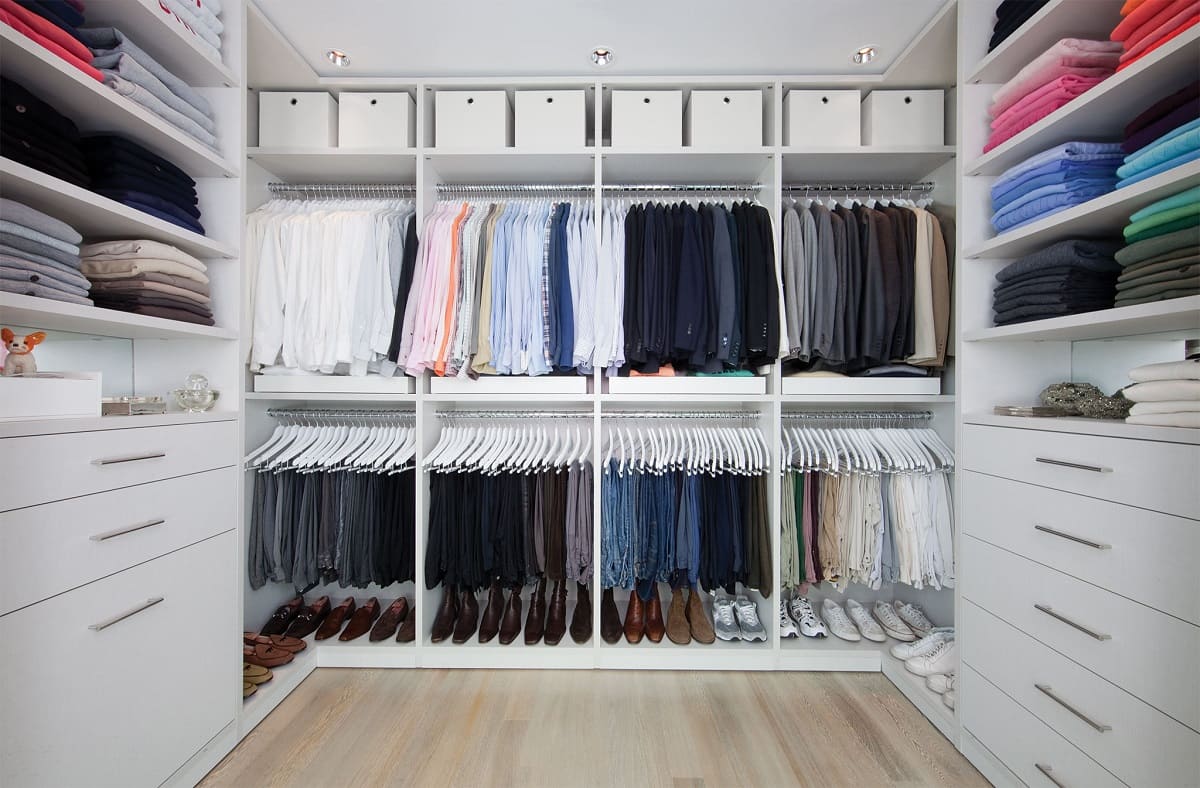
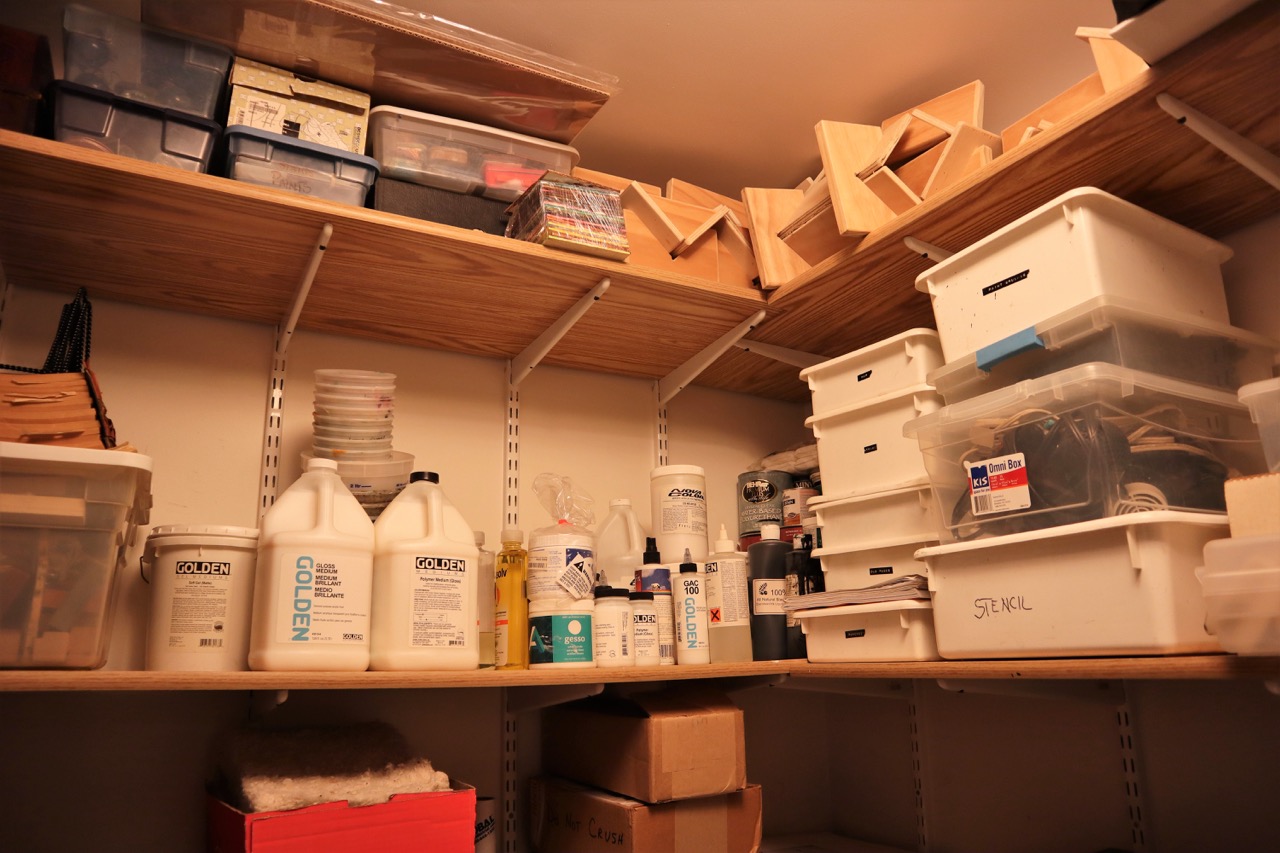
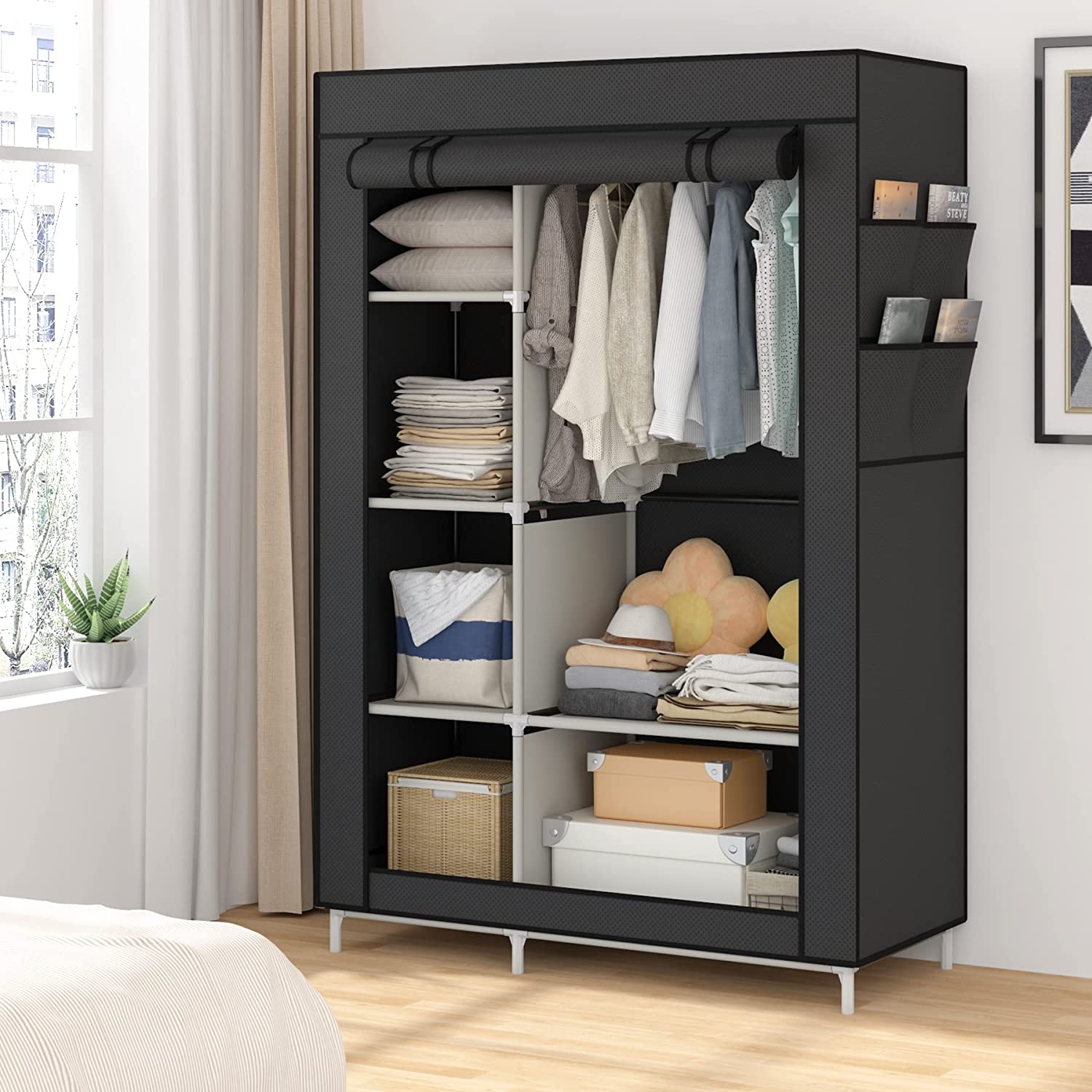
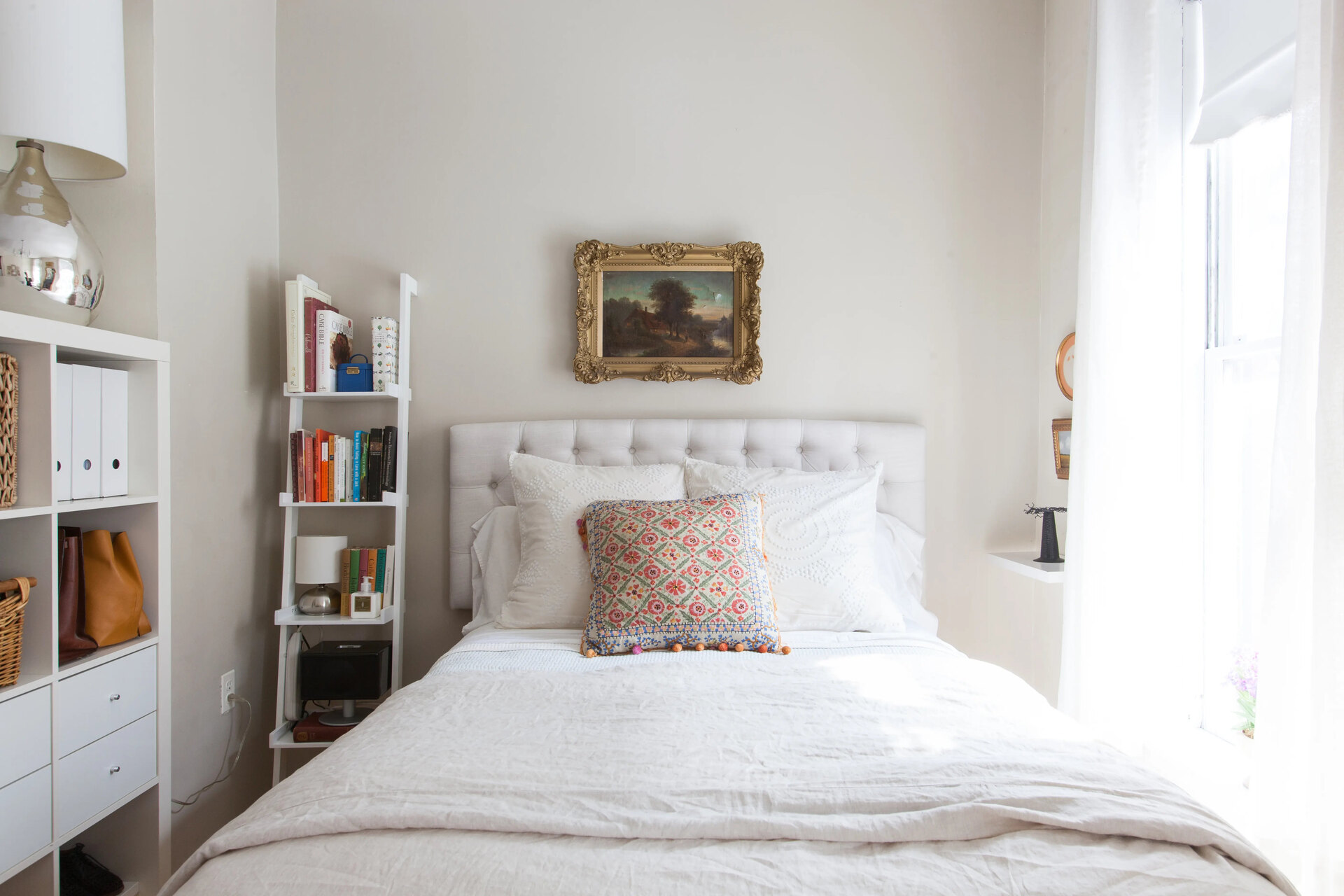


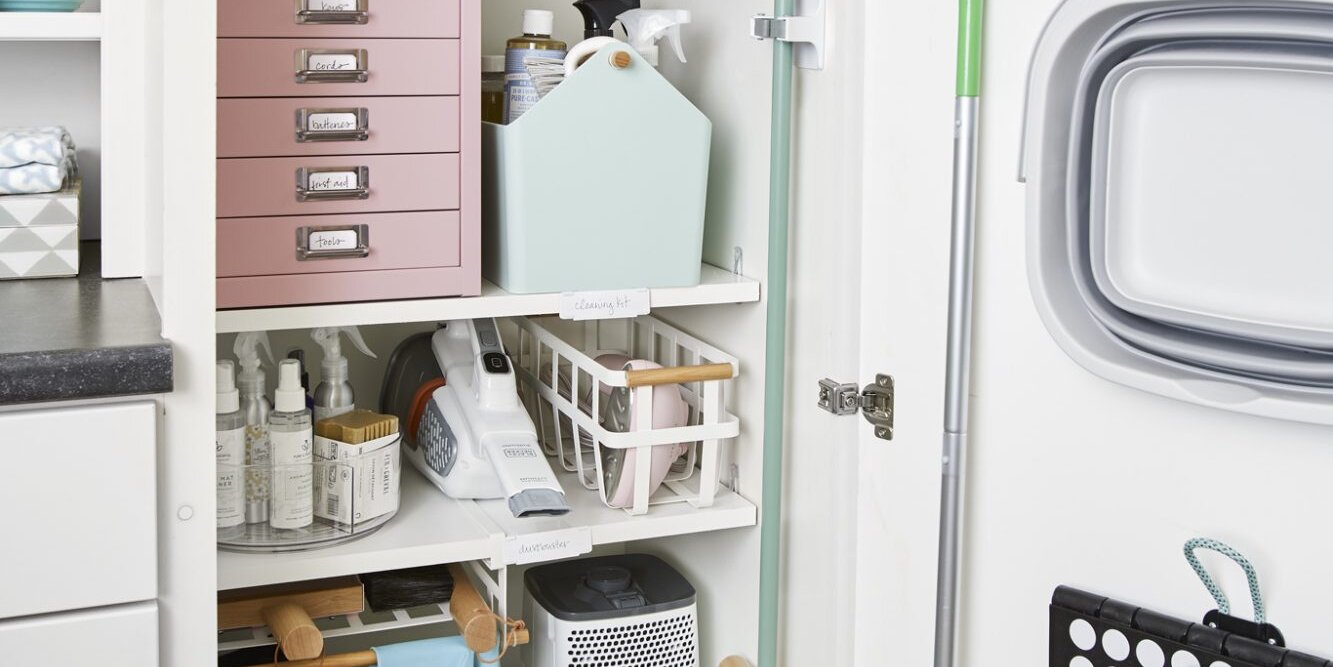
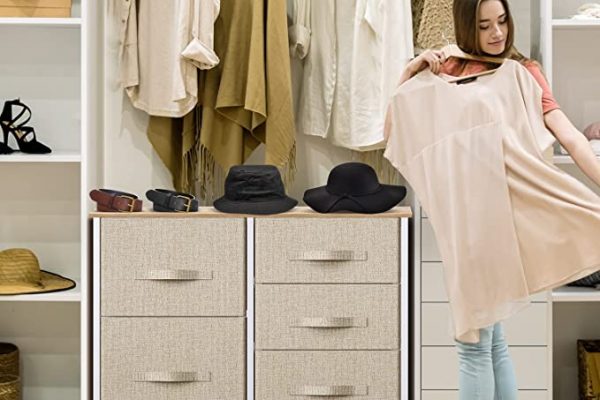

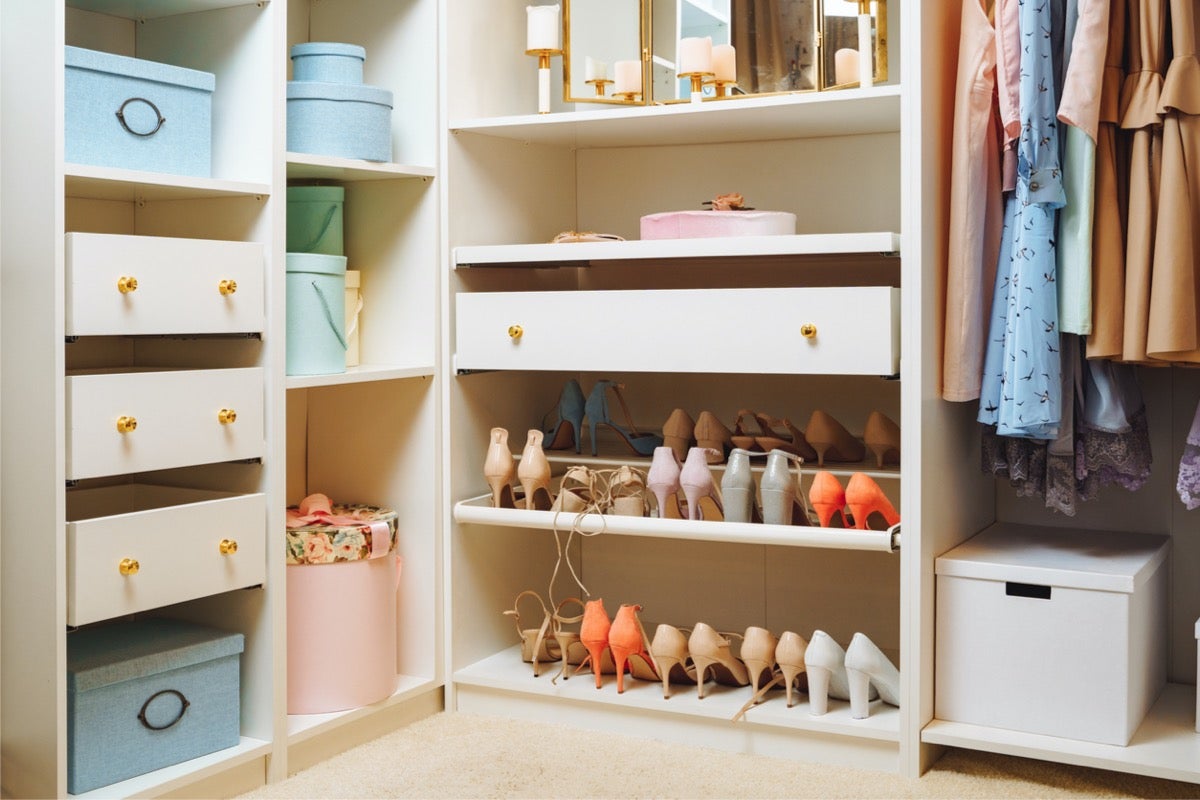
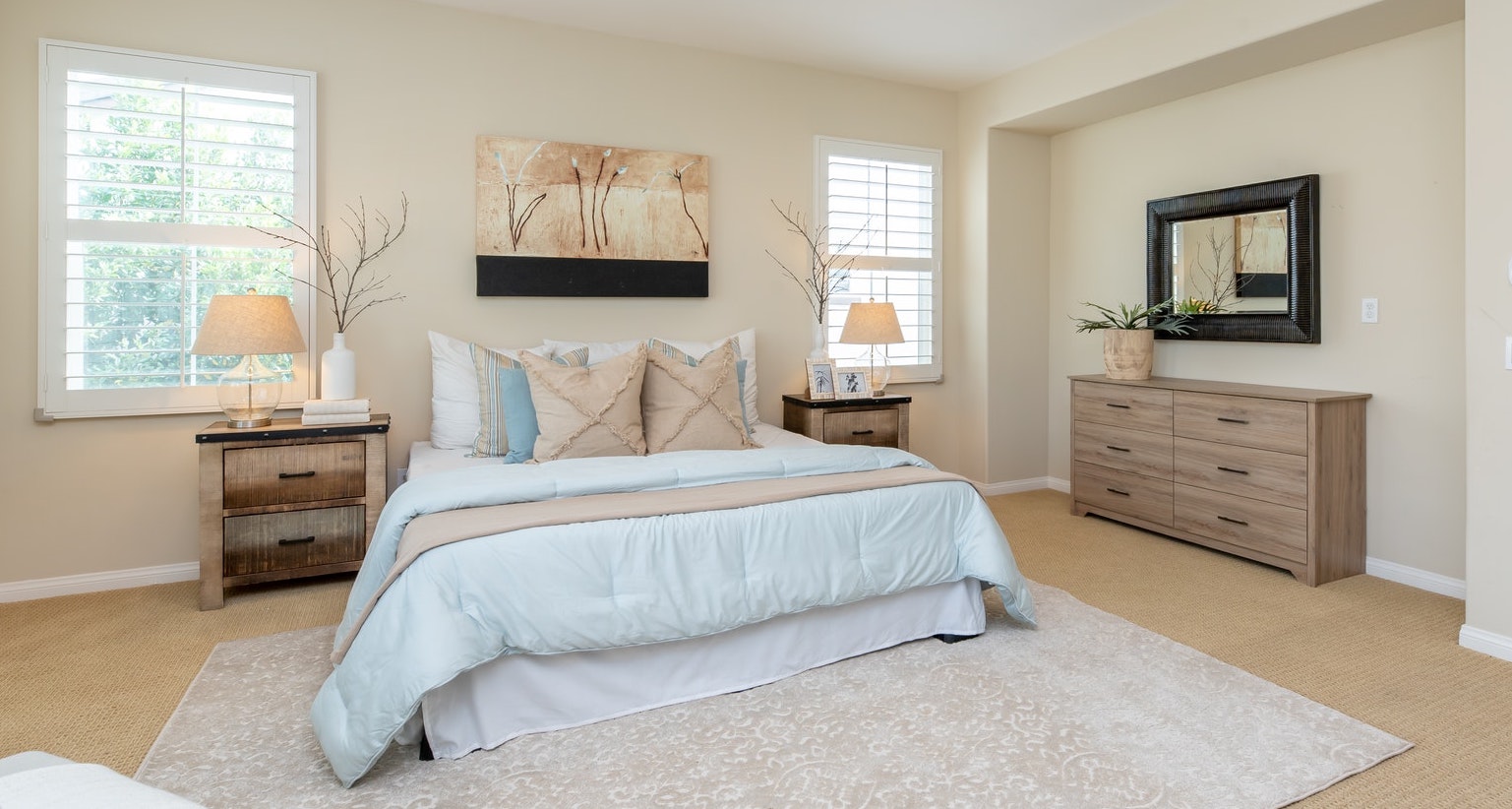
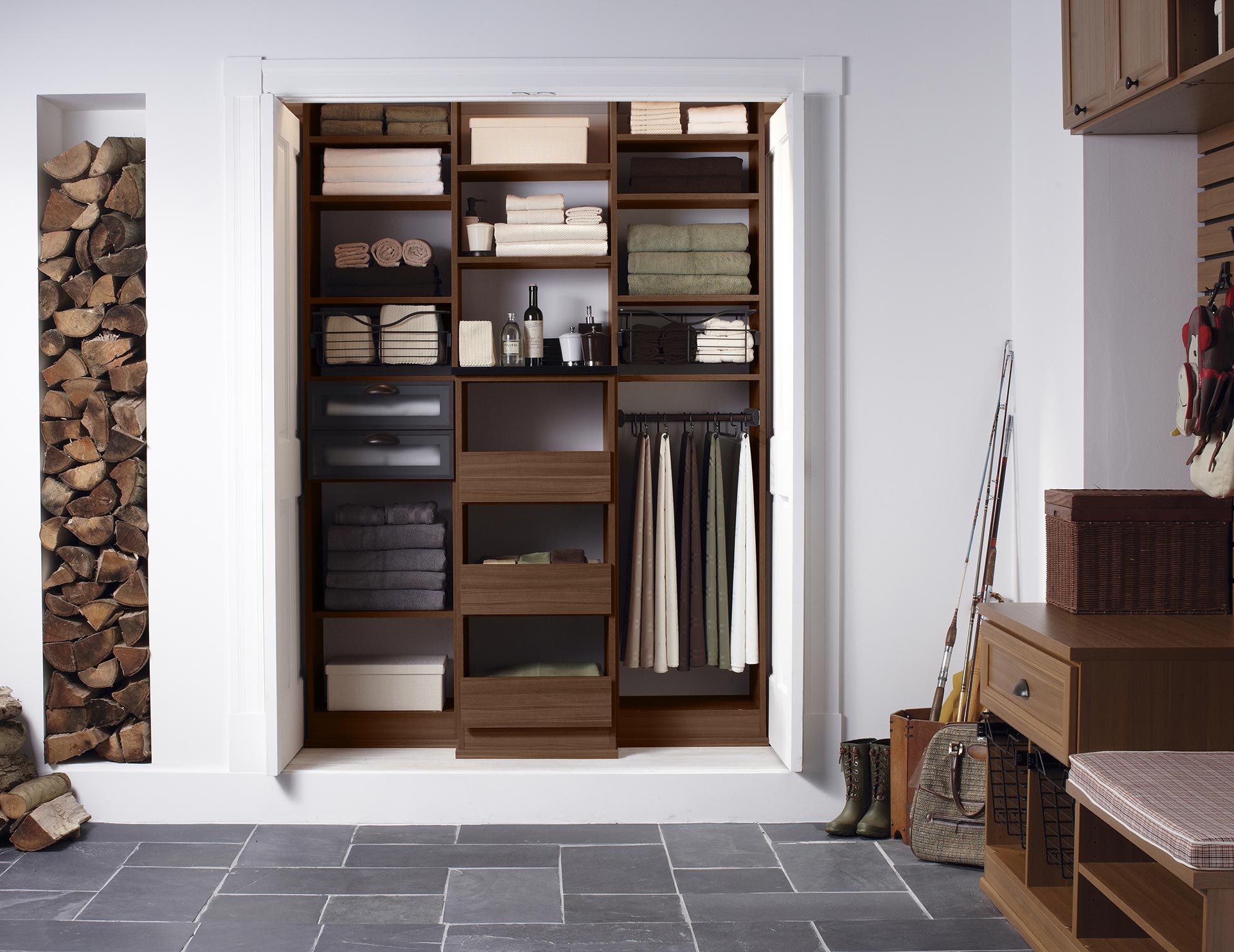
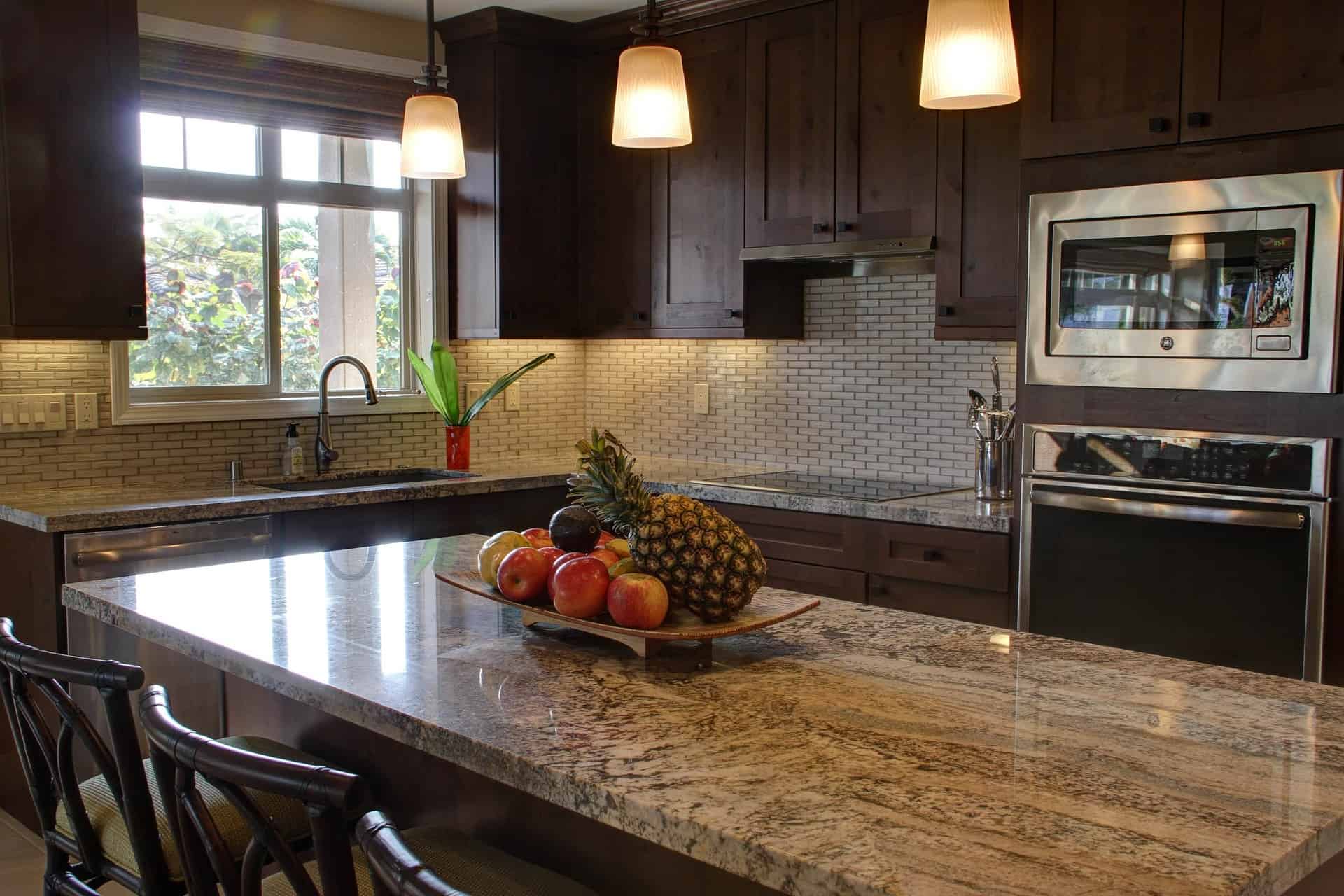

0 thoughts on “8 Closet Decluttering Tips To Steal From Professionals”